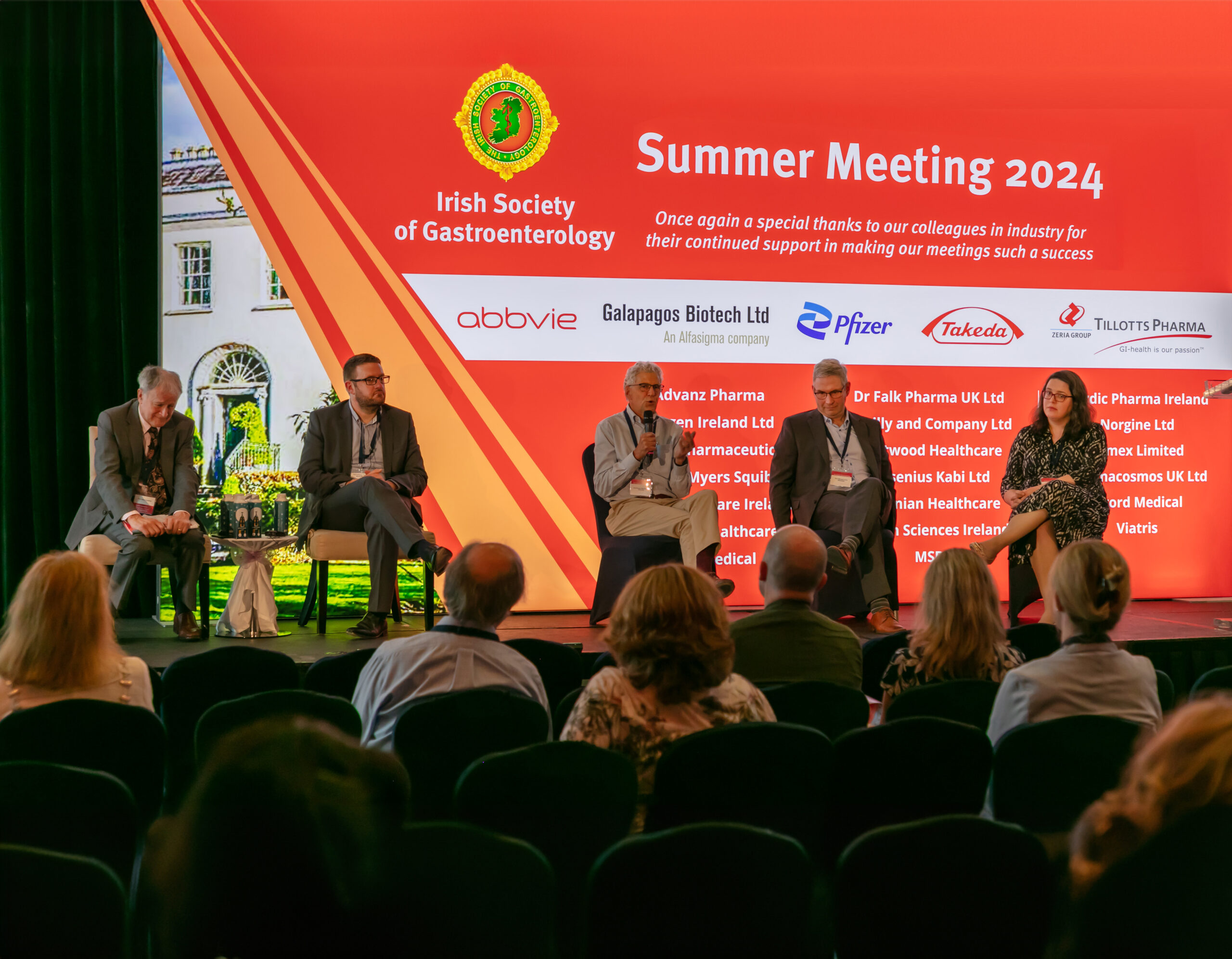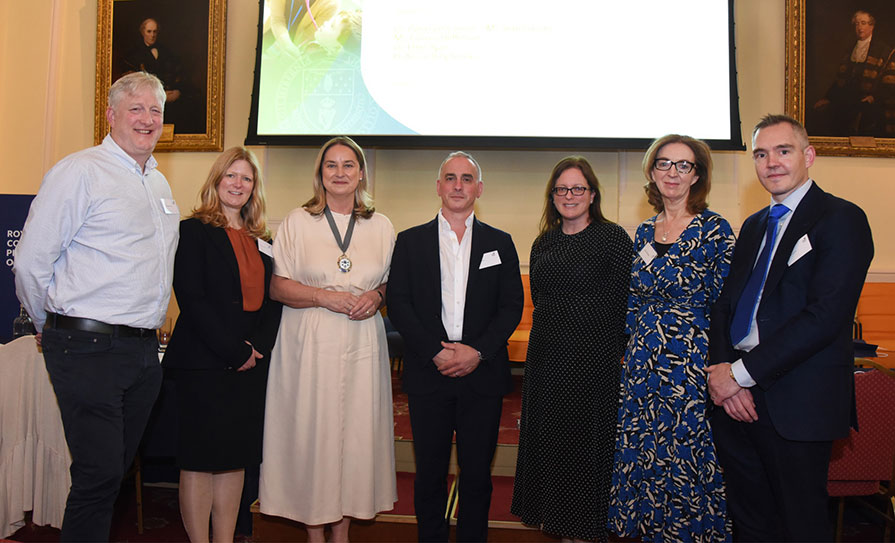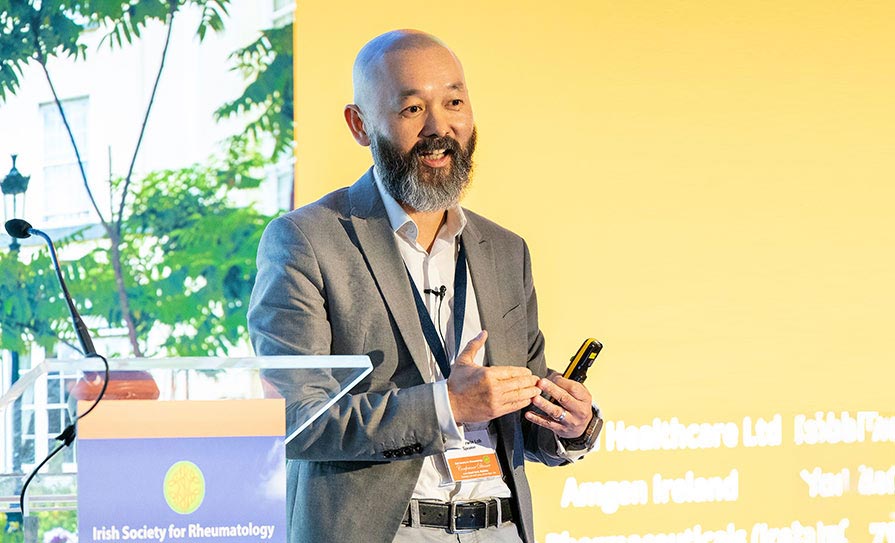Priscilla Lynch presents a round-up of some of the most topical research presented at this year’s ASCO Annual Meeting
The long-awaited roll-out of the HSE general practice venesection service for haemochromatosis patients has been very successful to date, with high up-take especially in more rural and peripheral areas, according to Prof Suzanne Norris, Consultant Hepatologist, St James’s Hospital, Dublin.
Prof Norris gave an update on the condition at the virtual ISG 2021 Summer Meeting, where she presented data on the GP therapeutic phlebotomy service for eligible haemochromatosis patients, which only formally launched in 2020, following its approval in the HSE’s 2017 Model of Care for hereditary haemochromatosis (HH), and the necessary GP contract negotiations in 2018. Despite the impact of the pandemic, a total of 5,887 HH phlebotomy claims were made by 720 GPs for 2,175 patients in 2020.
“This is a fantastic first year of the primary care programme for venesection services being provided by our GP colleagues. This is hugely beneficial for patients. It means venesection is being provided close to where you live. When you look at the geographical spread of where these GPs are located and providing the services, there is a huge number of patients accessing the services in CHO 2, which is Mayo, Galway, and Roscommon, and also CHO 4, which is Kerry and Cork…,” as well as other more rural and peripheral areas outside the Dublin north-east region.
Prof Norris presented an overview of various studies on the impact of HH, and the arguments for screening to enable earlier detection and morbidity risk reduction. Ireland has a very high prevalence of HH compared to most countries, at 1.5 per cent (1:83) for HH c282Y mutation.
The Hemochromatosis and Iron Overload Screening (HEIRS) study, which evaluated the prevalence, genetic and environmental determinants, and potential clinical, personal, and societal effects of iron overload and haemochromatosis in a multicentre, multi-ethnic sample of 101,168 primary care adults (25 years+) in the US and Canada, showed that women with ferritin >1,000 were three times more likely to have significant liver disease, while men with ferritin >1,000 were six times more likely to have significant liver disease.
Further research from the same group showed that patients with HH had a much higher risk of diabetes, liver disease, and liver cancer, but no increased risk of stroke and heart disease, she reported. Arguments in favour of screening for haemochromatosis, Prof Norris said, include “the fact that Ireland has the highest prevalence of any country, the consequences of late diagnosis can be very severe, it is such a simple and easy disease to diagnose with cheap, widely available tests, and the treatment is very simple”.
On the other hand, arguments against screening include that “despite its prevalence in Ireland very few people will develop life-threatening disease”, she noted.
“Many patients with haemochromatosis may never need venesection, probably about 50 per cent. And there is an argument that the health system has higher priorities, and there is the argument about genetic discrimination against those who are diagnosed as having homozygosity who will never develop iron overload, but could experience discrimination in terms of life insurance, mortgage approval, and so on.”
However, there is good evidence for targeted screening in higher at-risk populations, including those with type 2 diabetes or cardiac disease (atypical arthropathy) or male sexual dysfunction, close relatives of HH patients, those with abnormal LFTs with raised iron markers, etc, though Prof Norris pointed out that elevations in ferritin levels are common, and in type 2 diabetics can be due to liver fat.
Meanwhile, separate research presented at the meeting showed that in a large sample of haemochromatosis patients in Ireland, age at diagnosis appears to be associated with death. Carried out by researchers from the Hepatology Unit, Beaumont Hospital, Dublin, a total of 1,043 patients with HH were identified and assessed for factors associated with mortality. Of the total cohort, 65 per cent were male.
Fatigue was the most common presenting complaint (37 per cent), with family history (22 per cent), incidental finding of raised iron (16 per cent), and screening programmes (13 per cent) being other common causes of referral. Homozygosity for C282Y was the most common HFE genetic mutation in this cohort (68 per cent) with compound HFE heterozygosity accounting for 26 per cent.
At the time of assessment, 0.03 per cent (30/1043) of patients had died, with a median follow up time of 10 years (range 0.06-26). Of those that died, 70 per cent were male, 43 per cent were homozygous for C282Y, and 36 per cent were compound heterozygotes. Median ferritin at diagnosis was 265ug/L (dead) vs 264ug/L (alive).
Median age at diagnosis was significantly higher in those that died, 63.9 years vs 49.1 years for those alive at follow up (p<0.0001). No significant difference was observed between groups based on gender, HFE genotype, or serum ferritin at diagnosis.













Leave a Reply
You must be logged in to post a comment.